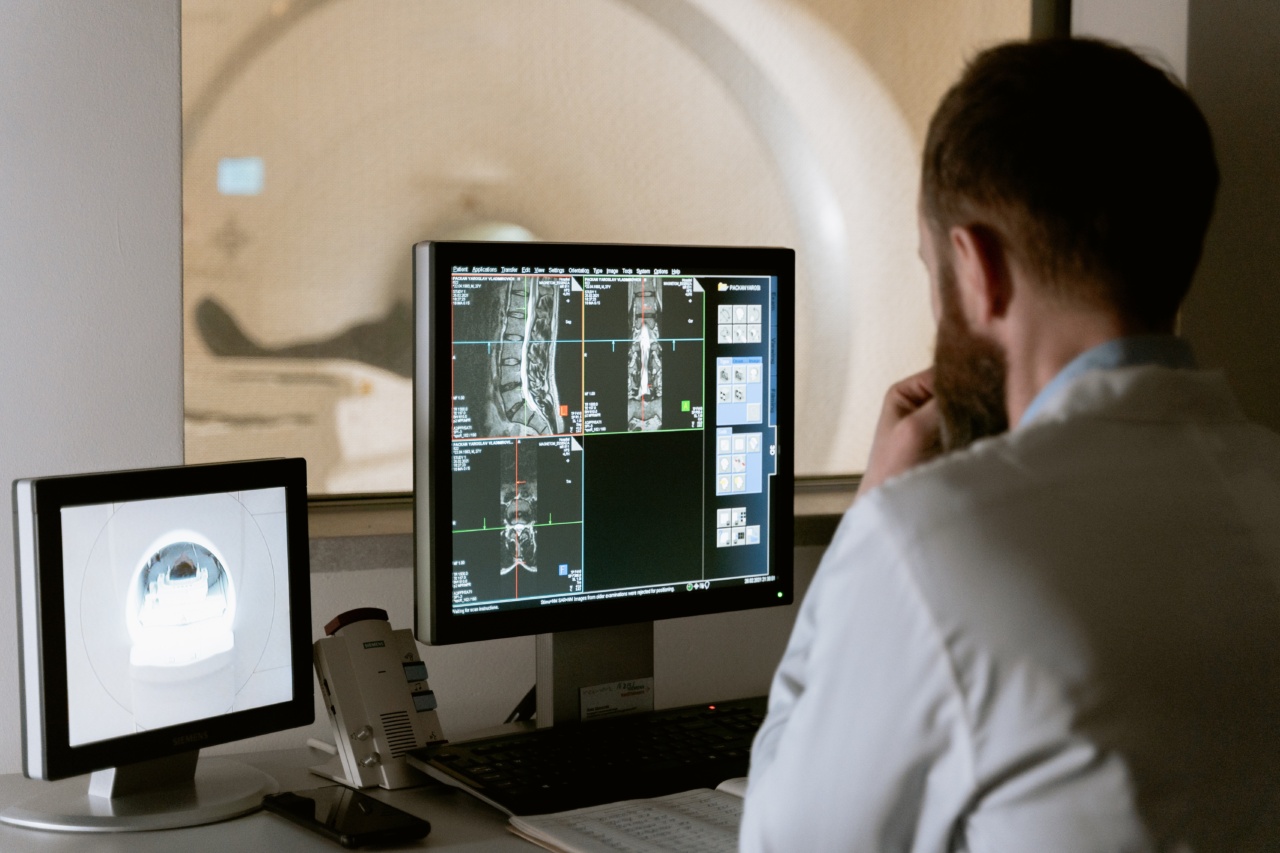Low bone density is a condition that affects a large number of people worldwide and can have adverse effects on health. It is important to understand the causes and consequences of low bone density to take proactive measures to prevent it.
What is Low Bone Density?
Low bone density, also known as osteopenia, refers to a condition where the bones become weaker and more brittle. It is often a precursor to osteoporosis, which is a more severe condition that increases fracture risk.
Low bone density is diagnosed when bone density T-scores are between -1.0 and -2.5 on a DEXA scan.
What Causes Low Bone Density?
There are several factors that can contribute to low bone density, including genetics, age, lifestyle, and underlying medical conditions. Some of the common causes of low bone density are:.
- Family history of osteoporosis
- Menopause or low levels of estrogen in women
- Inactivity or sedentary lifestyle
- Smoking and excessive alcohol consumption
- Low calcium and vitamin D intake
- Underlying medical conditions such as thyroid disorders, celiac disease, and inflammatory bowel disease
Impact of Low Bone Density on Health
Low bone density can have several adverse effects on health, including:.
- Increased risk of fractures, especially in the spine, hip, and wrists
- Chronic pain and disability
- Loss of mobility and independence
- Poor quality of life and depression
- Increased healthcare costs
Diagnosis and Screening
Low bone density is usually diagnosed with a bone density test, also known as a DEXA scan. It is a painless and non-invasive test that measures the density of bones in your spine, hips, and other areas.
The test results are presented as T-scores, which compare your bone density to that of a healthy young adult. A T-score of -1.0 to -2.5 indicates low bone density, while a T-score of -2.5 or lower indicates osteoporosis.
Screening for low bone density is recommended for women over 65, men over 70, and individuals with certain risk factors such as a family history of osteoporosis, history of fractures, or use of certain medications such as glucocorticoids.
Treatment and Prevention
Treatment for low bone density aims to prevent further bone loss and reduce the risk of fractures. It includes a combination of lifestyle changes, medications, and supplements. Some of the common treatments for low bone density are:.
- Regular exercise, especially weight-bearing and resistance training
- Adequate calcium and vitamin D intake through diet or supplements
- Smoking cessation and moderate alcohol consumption
- Medications such as bisphosphonates, teriparatide, and denosumab
Prevention of low bone density involves adopting a healthy lifestyle and taking proactive measures to reduce your risk. Some of the preventive measures are:.
- A balanced diet rich in calcium and vitamin D
- Regular exercise, especially weight-bearing and resistance training
- Reducing alcohol consumption and quitting smoking
- Screening for and treating underlying medical conditions
Conclusion
Low bone density is a prevalent condition that can have adverse effects on health if left untreated. It is crucial to understand the causes and consequences of low bone density and take proactive measures to prevent it.
Screening and early diagnosis are essential in managing this condition and reducing the risk of fractures and disability.


























